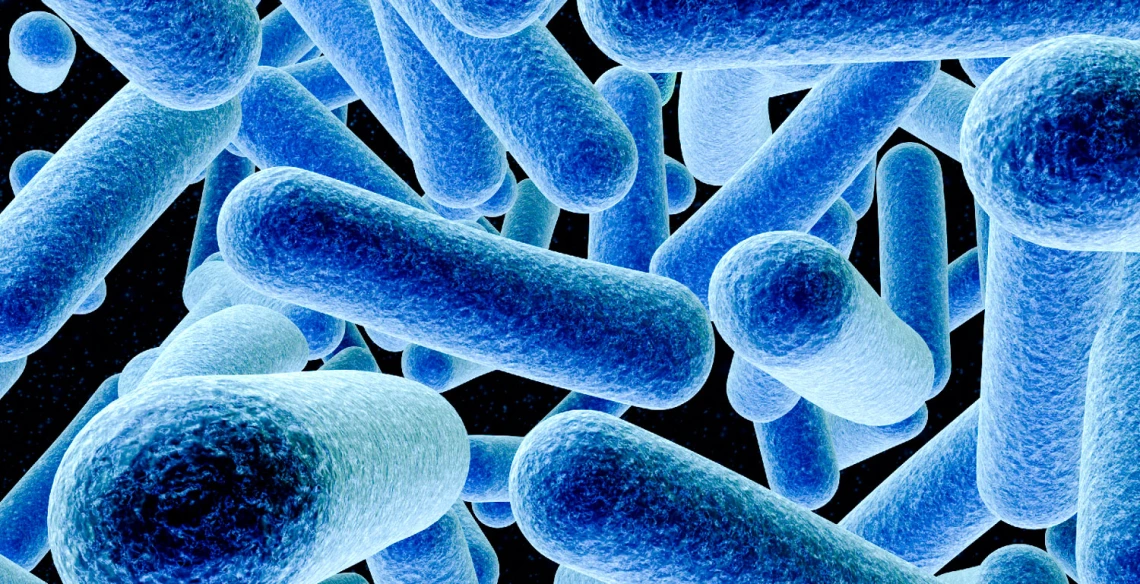Globetrotting Engineer Designs Instruments to Detect Life at Extremes of Nature, Including Other Planets
Life turns up everywhere, often in places it's not expected. If it's there, Linda Powers will find it.

When planetary scientists sample ice on Mars or on other bodies in our solar system, Powers has shown that they’ll want to closely examine that tiny world where ice meets rock.
At first glance, helping the FBI investigate a crime scene and searching for life on Mars seem worlds apart. That is, unless your world is an instrument lab on the fourth floor of the UA’s Electrical and Computer Engineering building and two CDC-approved laboratories in UA’s BIO5 building.
That’s where you’ll find professor Linda Powers, when she’s not off on field trips to Chile’s Atacama Desert, the Arctic or a remote volcano.
Instrumentation is the common link in all these activities; primarily optical sensors that scan for microbial life or seek out organic compounds.
Powers recently carted a small instrument to a project in the Arctic. It was designed and assembled in her UA labs and fits inside a small backpack.
She dug into the arctic ice and used the instrument, which relies on a microbe’s intrinsic fluorescence, to identify life on the spot, in real time. No need to transport samples back to the lab, grow specimens and wait until days or weeks later to discover if microbes were present.
As she dug down five or six feet, Powers didn’t find many things living in the ice. But in that thin microenvironment where the ice ends and rock begins, she suddenly encountered thriving microbial communities. “You just grow bio-films at the ice-rock interface like you wouldn’t believe,” she said.
“If you’re going to look for life on Mars, and you’re going to return samples to Earth, you can only bring back very small amounts,” she said. That means it’s vital to investigate areas with the highest probability for living organisms.
So when planetary scientists sample ice on Mars or on other bodies in our solar system, Powers has shown that they’ll want to closely examine that tiny world where ice meets rock.
Cauldrons of Life
Another instrument from Powers’ lab soon will fly through volcanic plumes on an unmanned aerial vehicle. “We want to find out if a volcano can keep microbial populations aloft for many generations,” she said. “There are lots of volcanoes in our solar system and one can address origins-of-life kinds of questions by examining them.”
Back on Earth -- and on the darker side of life -- an instrument designed and built in Powers’ lab has helped the FBI gather evidence. The agents have bio-flashlights that highlight organics, but they can’t distinguish between ice cream and semen, for instance. They also have luminescent powder to sprinkle around, but it can contaminate evidence, Powers noted.
“Our instruments don’t need to contact the sample, and that’s a good thing in a lot of cases,” she said.
“We built a little handheld gadget that allows agents to walk around and shine light on surfaces,” she explained. “It can tell them whether the substance is semen or saliva or urine or blood. It isolates where they sample, and that saves a lot of money. But the important thing is they don’t touch the sample. They just determine its identity by its fluorescence.”
Sometimes it’s only important to know that microbes are present, such as in a hospital operating theater, but at others it’s vital to determine which species are lurking about. Powers and her colleagues have developed technologies to answer that question, too.
“We design molecules in the laboratory and put them on a long organic tether—something like bait on the end of a fishing line,” she said. “The molecule is designed to attach to receptors on only one kind of microbe.”
Sometimes she uses naturally occurring molecules because the microbe has a receptor for those. “Sometimes we know there’s a receptor, but we don’t have a clue to what it does,” she added. “But that’s all right: we just make a molecule that will bind to it.”
Fishing for Pathogens
At times, the bait is broadly appealing, designed to catch all sorts of pathogens. That’s the case with a little device called a “bio-badge,” which was designed in Powers’ lab. It depends on the fact that pathogens need to get at the iron in your body, which is normally tied up tight by proteins. All known pathogens have receptors for those proteins.
“You wear the bio-badge and it samples the same air you breathe,” Powers said. “You can shine a light on it to see if you’ve been exposed to pathogens.” The importance of this goes beyond triggering a panic attack. There’s a 24-hour window after exposure when there is a chance of being saved from even the most dangerous microbes, she said. “After 24 hours, however, it starts growing, and you’re fighting a losing battle.”
Powers’ undergraduate degrees are in chemistry and physics. In graduate school, she added a master’s in physics and a doctorate in biophysics. After that, she spent 20 years developing instruments to look at molecular structure using synchrotron radiation.
All that work and her present research revolve around designing and building instruments and creating the algorithms that make them useful.
“So it’s basic science, as well as building equipment,” Powers said. “Some of it is molecular engineering and some of it is electrical engineering or optical engineering. But it’s all engineering.”

